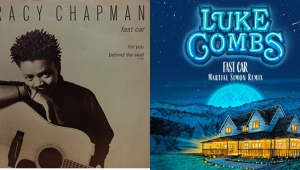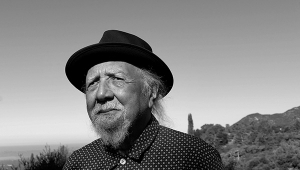| Columns Retired Columns & Blogs |
... when first published and thinking OK what happened to Cello? Still am. And what of Red Rose?
As I read both this and the '98 interview in retrospect it's clear Levinson's a forward thinker. But I'm reminded of S. Jobs: "Real artists ship."
 Mark Levinson, born December 11, 1946, celebrates an important anniversary in 2002. Exactly 30 years ago he jogged onto the playing field of high-end audio, so early in the game that fans, then few and far between, could count the players on their fingers.
Mark Levinson, born December 11, 1946, celebrates an important anniversary in 2002. Exactly 30 years ago he jogged onto the playing field of high-end audio, so early in the game that fans, then few and far between, could count the players on their fingers.





































